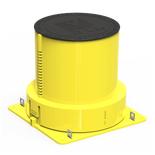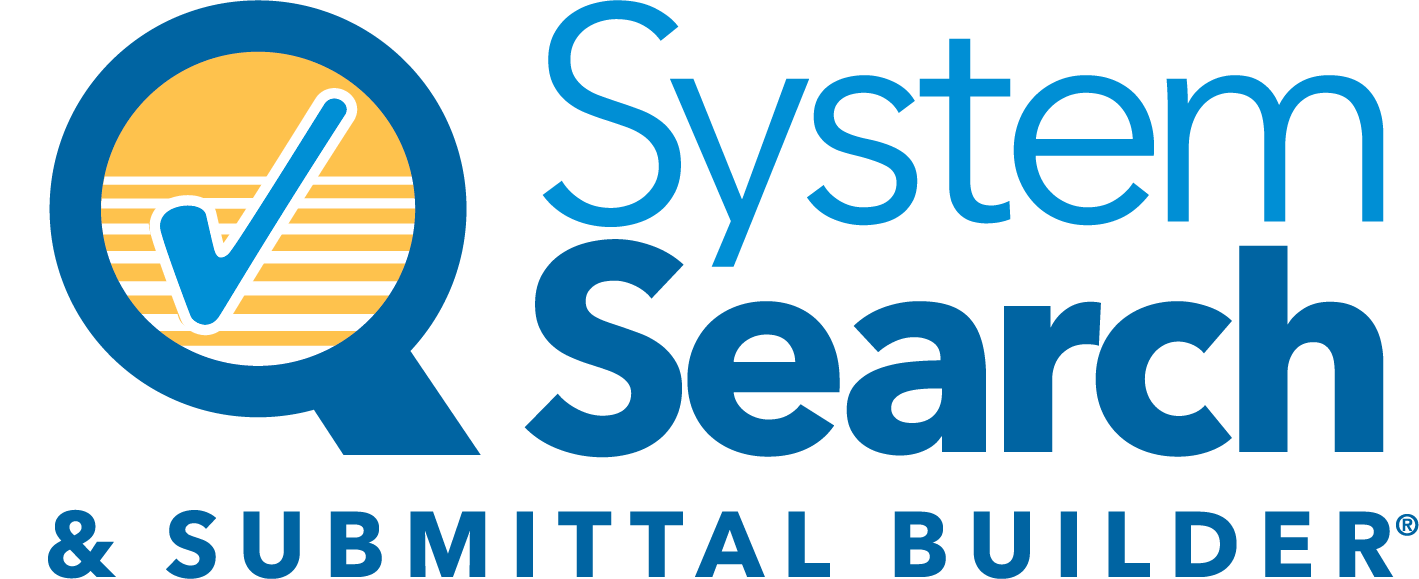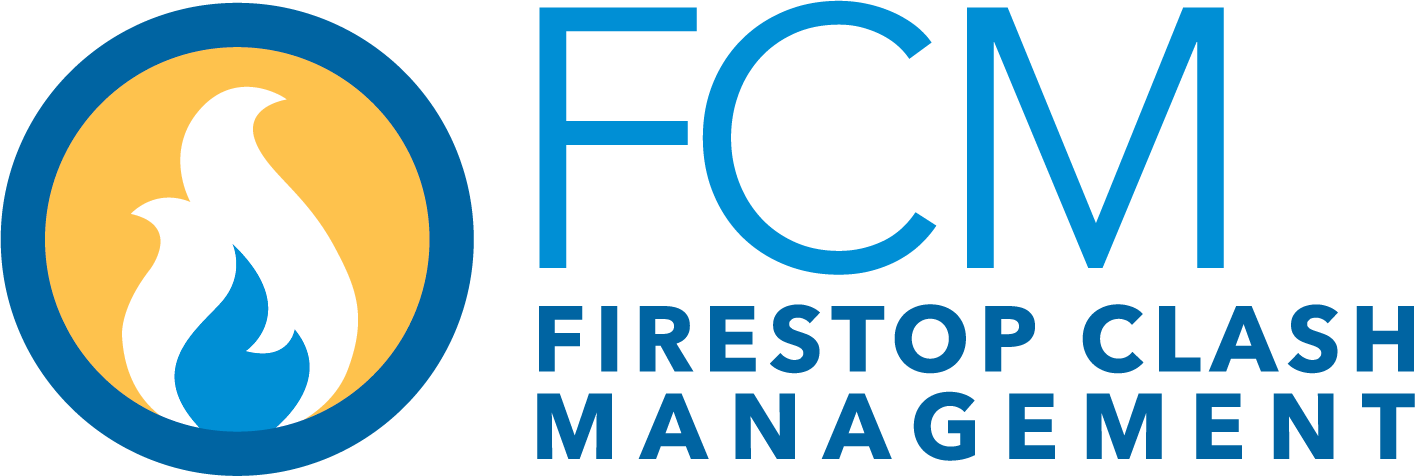Sealing Temporary Penetrations with Marine EZ Path® Cable Transits
The COVID-19 pandemic has forced everyone to become more resourceful. This is especially true in healthcare facilities on land. Equipment traditionally contained within the patient room, such as IVs, Infusion Pumps, and patient monitoring equipment, have been moved into the corridor in an attempt to conserve personal protective equipment (PPE) and reduce the frequency of contact between nurses and infected patients. We have been asked by many facilities on land whether EZ-Path devices could be installed as a permanent pathway for various temporary service runs such as extension cords or infusion pump tubing as they pass from the patient’s room into the corridor.
Just as on land, EZ Path cable transits are a great choice for sealing temporary
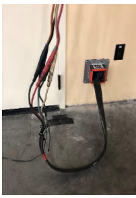
Figure 1
penetrations. Stadiums and casinos have used EZ Path to seal beverage lines for soda, beer, and spirits in remote beverage dispensing systems where the lines must be changed frequently. There are also a myriad of deployments where frequently modified temporary electrical lines and extension cords must traverse fire or smoke rated assemblies, making EZ Path a great choice (See Figure 1).
During the COVID-19 crisis, we have seen healthcare facilities on land adopting the use of EZ Path devices for sealing these temporary service penetrations into the corridor from patient rooms. The devices allow for services to be routed through a corridor wall, while always maintaining a rated seal. The self-sealing design automatically adjusts to accommodate for the addition or removal of services without requiring manual intervention or activation, eliminating the potential hazard of unsealed openings existing between the corridor and patient room whether for smoke, flames, particulate dust/air, or noise (i.e. STC Ratings).
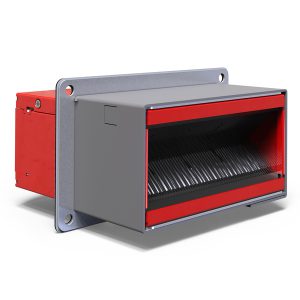
Figure 2
Just as for walls that are fire-rated on land, the Marine EZ Path Cable Transits are an excellent choice for providing a pass through for temporary services while still maintain consistent performance (Figure 2).

